Real Life Accident: Improper Use Of ECDIS Leads To Vessel Grounding
During the early morning hours a tanker was transiting a heavily used waterway under VTS control at a speed of about 12 knots and using autopilot control. In the early morning hours there was a handover of OOWs. The new OOW was joined by the deck cadet who was assigned lookout duties. The intended route had been prepared using the ship’s electronic chart display and information system (ECDIS) and the OOW selected the scale on the ECDIS display that closely aligned with the 12 nm range scale set on the adjacent radar display.
The safety contour had been left at the factory default value of 30m even though the vessel’s draught was only 7.9m. The OOW then sat in the port bridge chair where he had a direct view of both radar and ECDIS displays (Figure 1). As the vessel approached the Varne Bank the deck cadet became aware of flashing white lights ahead but he did not identify the lights or report the sighting to the OOW. At approximately 0417, the vessel passed close by the Varne Light Float; 15 minutes on the ship’s speed slowly reduced until the vessel stopped when it grounded on the Varne Bank two minutes later. At this point, the OOW did not yet realise that the vessel was aground.
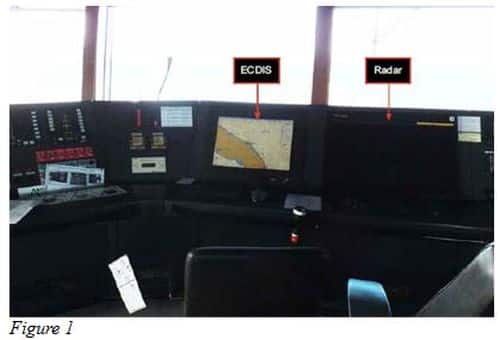
Three minutes after grounding an engineering alarm sounded and the OOW placed both azipod control levers to zero. He then informed the Master of the alarm and also rang the engine control room to request they check the engines. Within a few minutes the engineer telephoned the bridge and informed the OOW that ahead pitch was available on the starboard azipod. Accordingly, the OOW moved the starboard azipod control lever to pitch ahead but the ship remained stationary. This led him to assume that there was still a problem with the ship’s engines. A few minutes later, after having been contacted by VTS, the OOW zoomed in on the ECDIS display and realised that the vessel was aground. He placed the starboard lever back to zero pitch and called the Master, who came to the bridge.
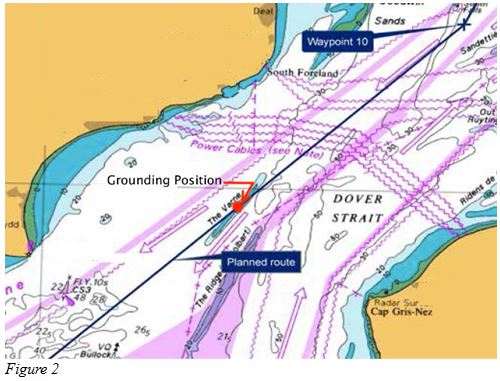
During this period the general alarm was not sounded and the crew were not mustered, although ballast tanks were checked for internal leaks and a visual search was made around the ship for pollution. The vessel was refloated on the next rising tide and subsequently berthed at a nearby port to enable the hull to be inspected by divers. Some of the findings and lessons learned from the official report are as follows:
- The passage plan had the vessel pass directly over an area of water with less depth than the draught of the vessel.
- The passage plan was not properly checked for navigational hazards using the ECDIS ‘check-route’ function, nor was it verified by the Master.
- When taking over the watch, the OOW did not check the ship’s intended track relative to any dangers to navigation that would be encountered on his watch. Additionally, the OOW monitored the vessel’s position solely against the intended track. Consequently, his situational awareness was poor.
- Although the lights from the cardinal buoys marking the shallow water were seen by the lookout, they were not reported.
- The ECDIS audible alarm was inoperative. Although the crew were aware of this defect, it had not been reported.
- ECDIS training undertaken by the ship’s Master and deck officers had not given them the level of knowledge necessary to operate the system effectively; among others the route was not properly checked, inappropriate depth and cross track error settings were used, and the scale of ENC in use was unsuitable for the area.
- The SMS bridge procedures provided by the managers were comprehensive and included extensive guidance on the conduct of navigation using ECDIS. However, the Master and deck officers did not implement the ship manager’s policies for safe navigation and bridge watchkeeping.
-
Image Credits: nautinst.org The serious shortcomings with the navigation on board the vessel had not been identified during the vessel’s recent audits and inspections. There is a strong case to develop and provide tools for auditors and inspectors to check the use and performance of ECDIS.
- The ECDIS display for the voyage had the safety contour set at 30m, which was the manufacturer’s default setting. The preferred safety contour for the vessel should have been obtained using the formula in the vessel’s SMS ({Draught + squat} x 1.5, or about 13m in this instance). The ECDIS would then have defaulted to the nearest deeper contour on the chart in use, the 20m contour. This in turn would have given a much better indication of the dangers and hazards along the route (Figure 3).
Editor’s note: Some may wish to call this an ECDIS assisted grounding. My preference, given the poor and misguided use of the equipment, would be to call it an ECDIS unassisted grounding. But navigating a vessel is more than sitting in a chair and looking at screens. Even though the ECDIS was setup incorrectly and misused, proper navigation and situational awareness techniques were not part of the OOW’s routine during this voyage.
Reference: nautinst.org
Do you have info to share with us ? Suggest a correction
- Real Life Incident: Vessel Collision in Good Visibility
- Real Life Incident: Severe Injury To Deck Crew While Leaving Berth
- Real Life Incident: Departure Damage in Very Restricted Waterway
- Real Life Incident: Low Situational Awareness Has High Impact Consequence
- Real Life Incident: Fouled Anchor in a Designated Anchorage
- Real Life Incident: Fire On Barge Carrying Scrap Metal Causes $7 Million Worth Of Damage
Latest Case studies Articles You Would Like:
Subscribe To Our Newsletters
By subscribing, you agree to our Privacy Policy and may receive occasional deal communications; you can unsubscribe anytime.



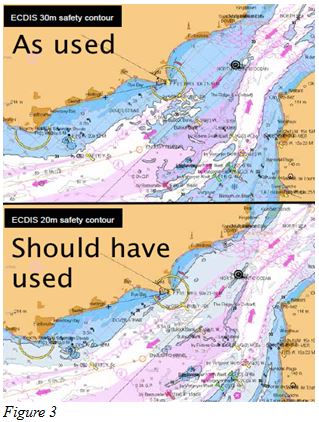

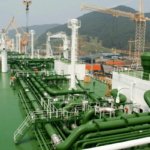
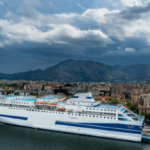
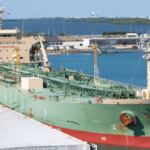
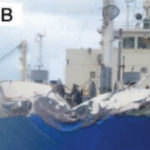
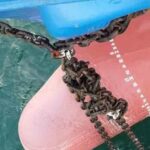
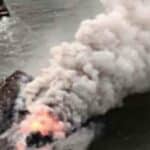
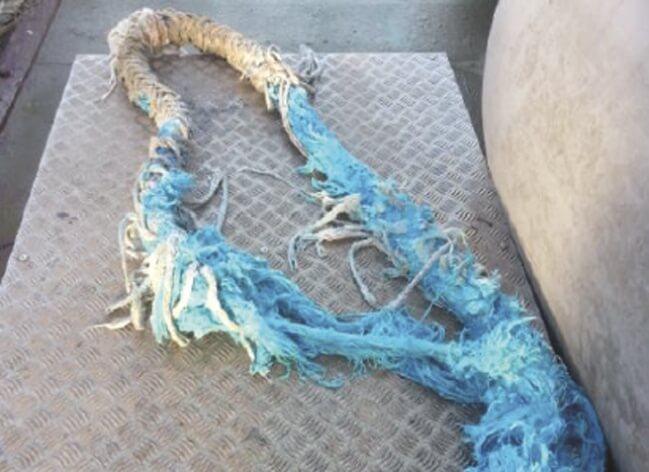
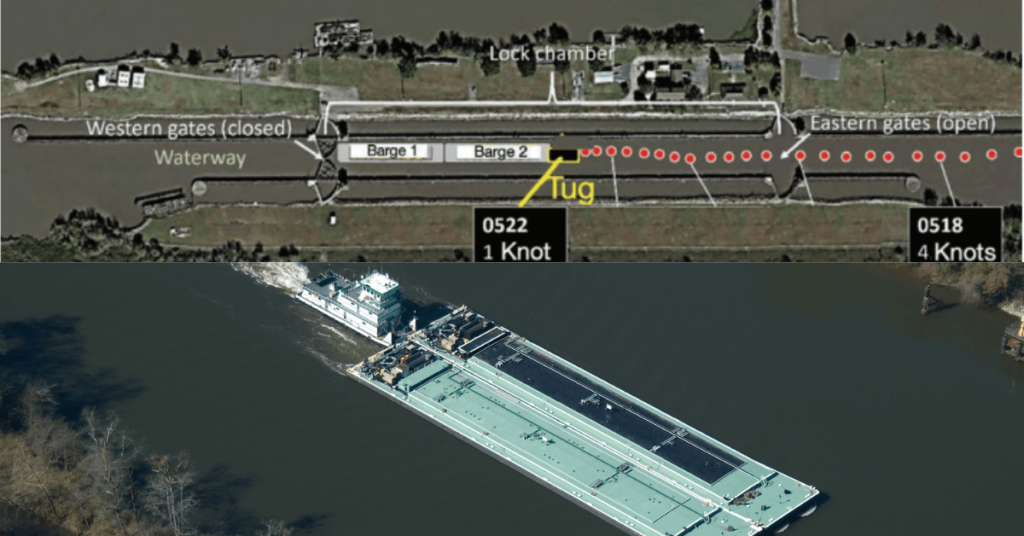
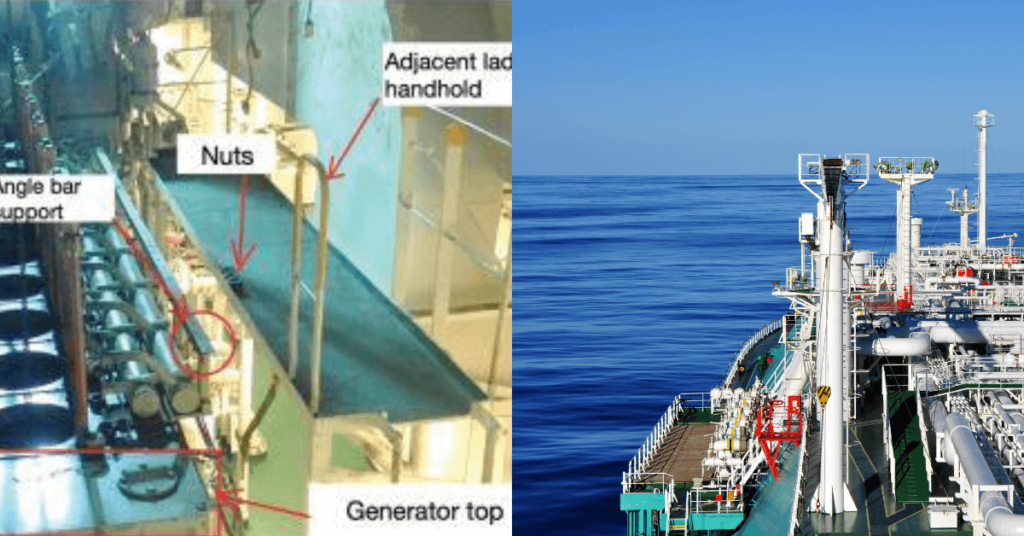
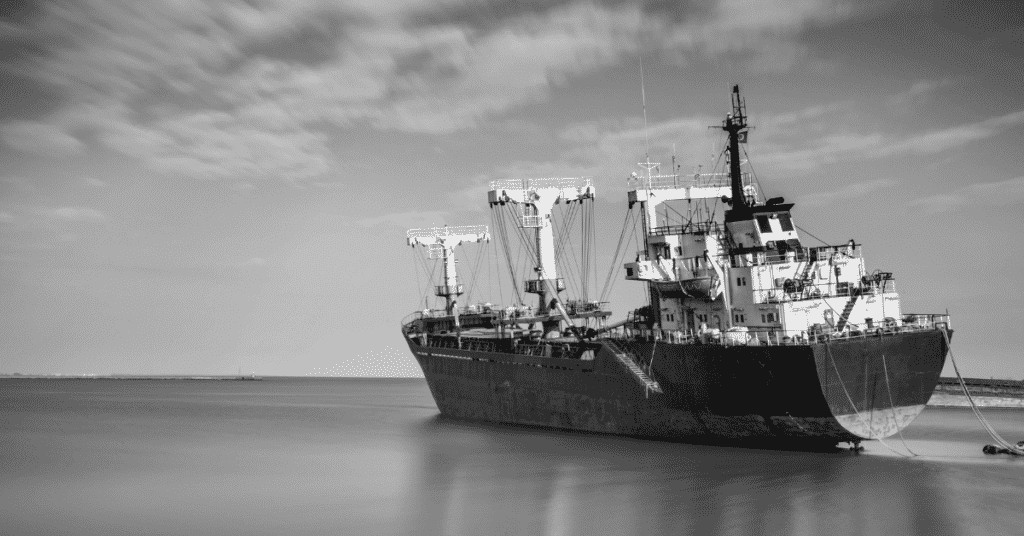
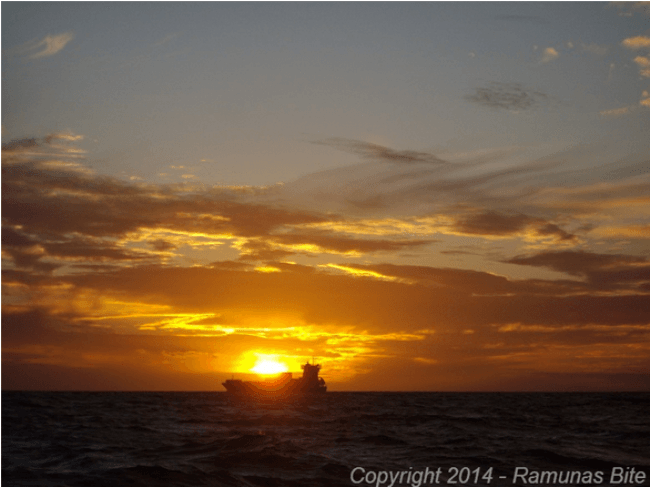
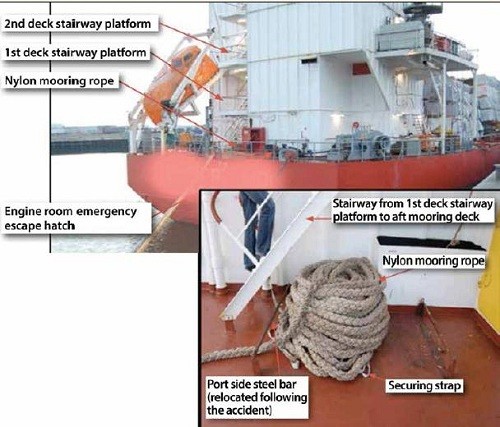
I have passed more then hundred times the Dover Strait,with deep draft vessels, bound from AG to Rotterdam,Kalumborg, Oslo etc. As Master, have been always on the bridge ,with the mate on duty, a seaman as lookout and and i did not use autopilot. ,In early years ,there were not traffic separation schemes, VTS, GPS ECDIS and charts ,vector or raster. Before I retire, I was very glad to be supported by all up tp fate instruments and devices , But I was always on the bridge when transiting in restricted waters, Channel or Singapore or Surigao.Fix were plotted as many times as required,by Radar, visual bearings,GPS ,to double check the ship’s position.It is not that modern navigators,relay too much on single informations and do not pay much attentions to tidal changes ? and relay too much on the Ecdis 20 or 30 m safety contour ?
When I started at sea, ECDIS didn’t exist, DECCA, Radar, Loran C et al were aids to navigation. It is a basic principle of navigation, not to take the v/l into an area where the available depth of water is less than the required depth of water. The Navigating Officer should be sacked as should the Captain and the OOW. The Cadet should have known what was required of him, when he went on watch too. Monkeys, the lot of them. 🙁
To highlight the grounding on the misuse of the ECDIS glosses over the complete lack of navigation systems in place on this vessel. If there is no discipline in navigation, the primary methodology for getting ships from A to B, then what can we expect from the other aspects of safely running a vessel.
No understanding or acknowledgement of navigational aids; no concept of planning, reviewing or executing a passage; failure to use all electronic and visual navigational methods available to the navigator. The worst failure for me is that the master did not review the passage plan. This is not a particularly deep drafted vessel and if they had been more fortunate with the timing then they could have “got away” with crossing the bank, but luckily they went aground. Why luckily? This has brought to the attention of the owners and the authorities another sub-standard vessel which has been fortunate to be involved in a incident where there was no pollution and no casualties.
This is one of the typical case of ‘ECDIS-aided-accidents’ that are being witnessed. Only a blind OOW would have drawn such a course on a paper chart.
The ECDIS has many advantages and its good to use the latest technology for the safety of navigation.
However ECDIS is a complex equipment and there are some drawbacks as well. Hence the navigators have to be well-trained if they have to use the ECDIS effectively.
The data layout and display on an ENC is not as user-friendly as the paper chart or RNC. This is a huge drawback, which the IHO/IMO should address.
ECDIS alarm was not operational! probably because it is giving 20 alarms per minute. Large scale on ECDIS is used because of AIS targets that are displayed on screen. For OOW it is more important to see AIS targets than to zoom in.
Passage via Dover lasts hrs, what about Captains rest hrs, nobody talks about that…
That is issue with new OOW, no one looks trough widows. Sometime ago I was on main deck and wanted to draw attention of OOW to call C/E from bridge, I spent 15 minutes waving like idiot and nether OOW or watchman saw me, BTW it was clear day and I had red overall with yellow helmet!!
I will not even mention OOW doing paper work on bridge and amounts of it.
There is something really wrong with today’s standards in shipping, there will be more and more incident like this.
No one listen to as seaman’s. Maybe it is time to change that!
What happens to ecdis when you set your safety depth in 22m?please guys I need your answers..